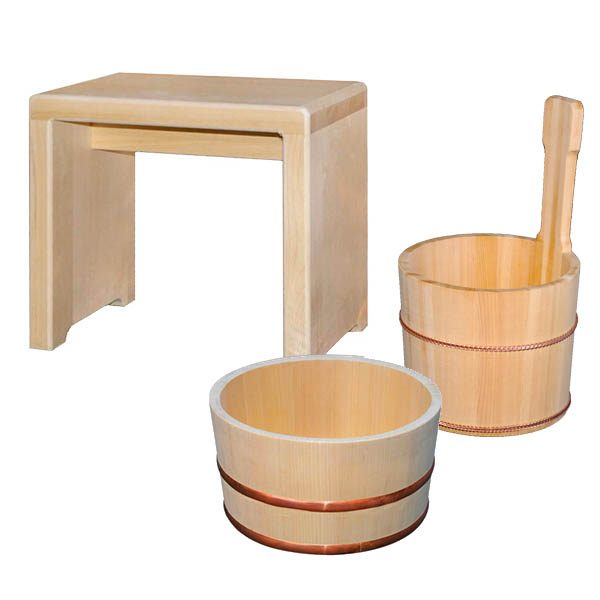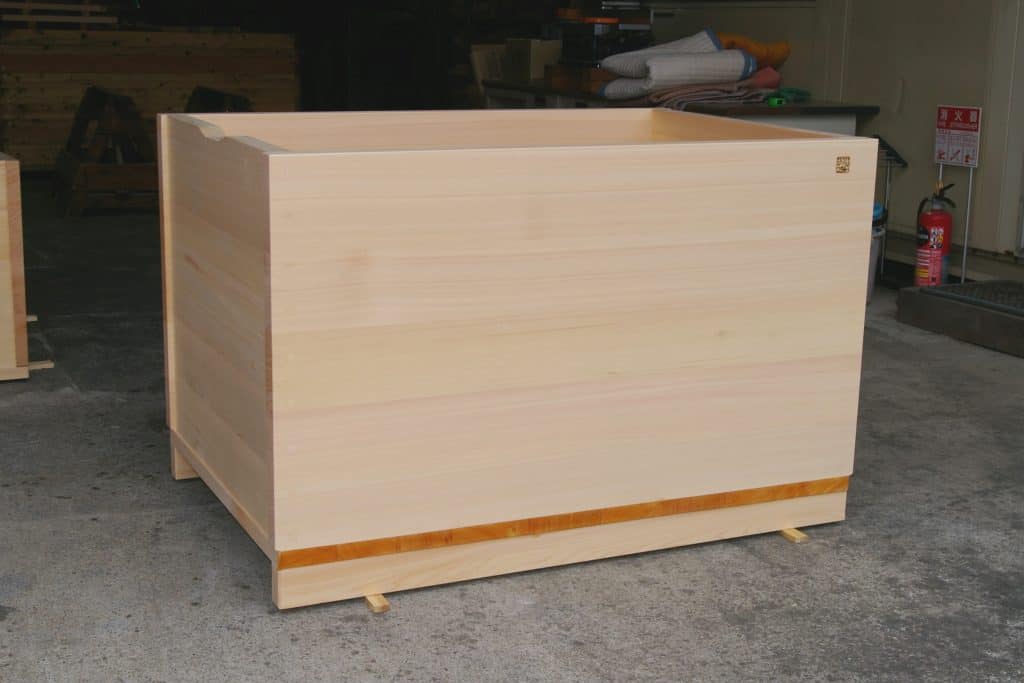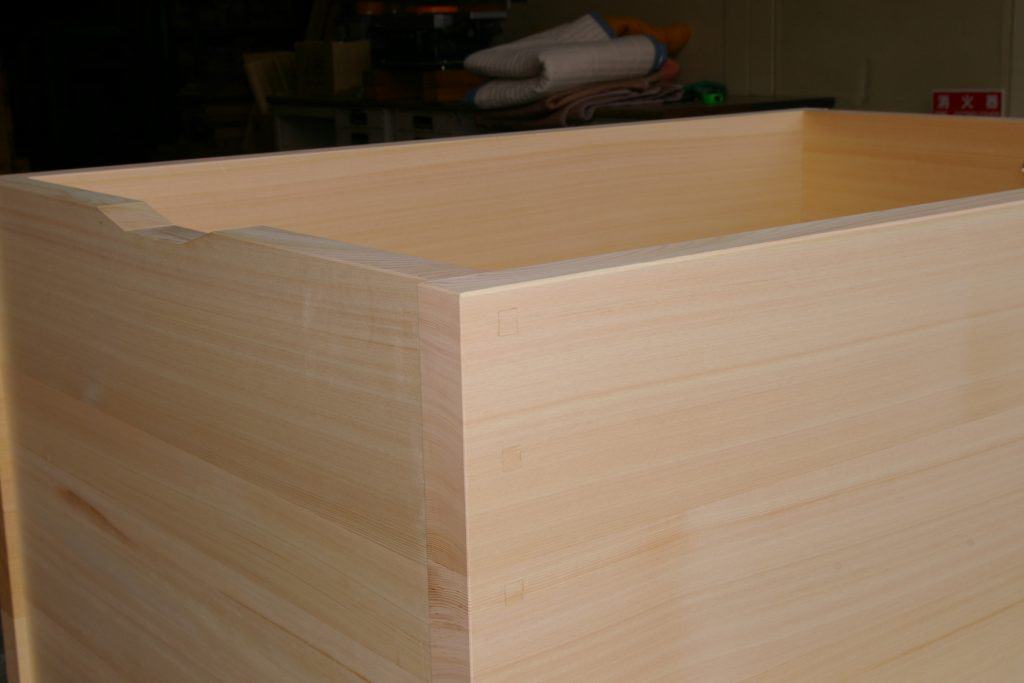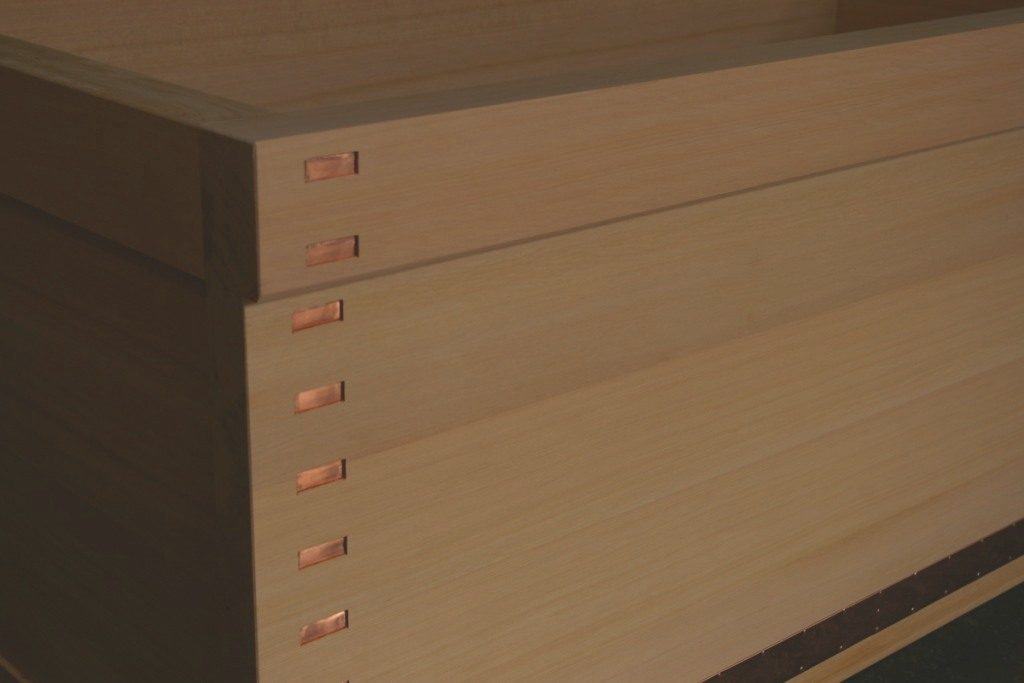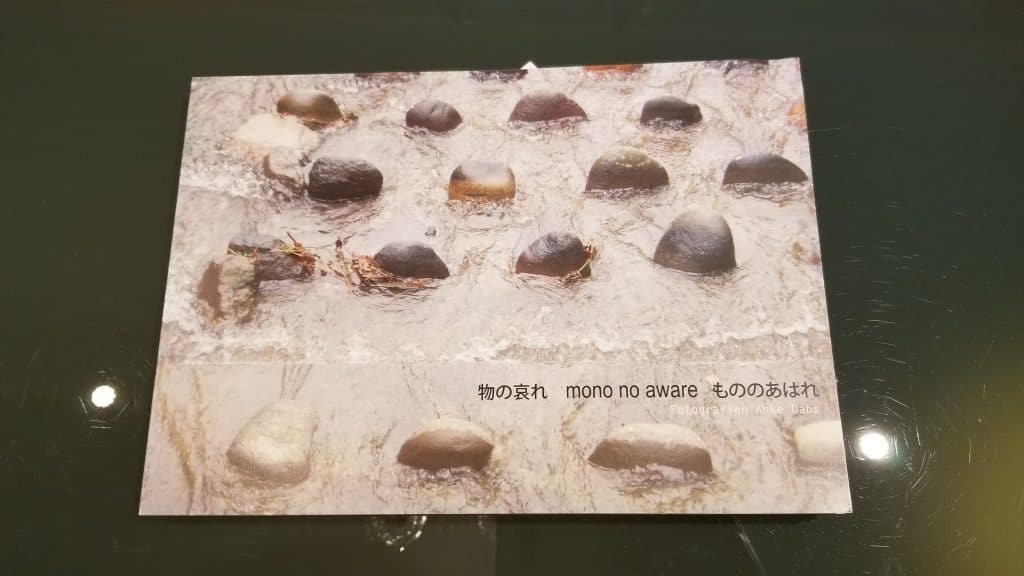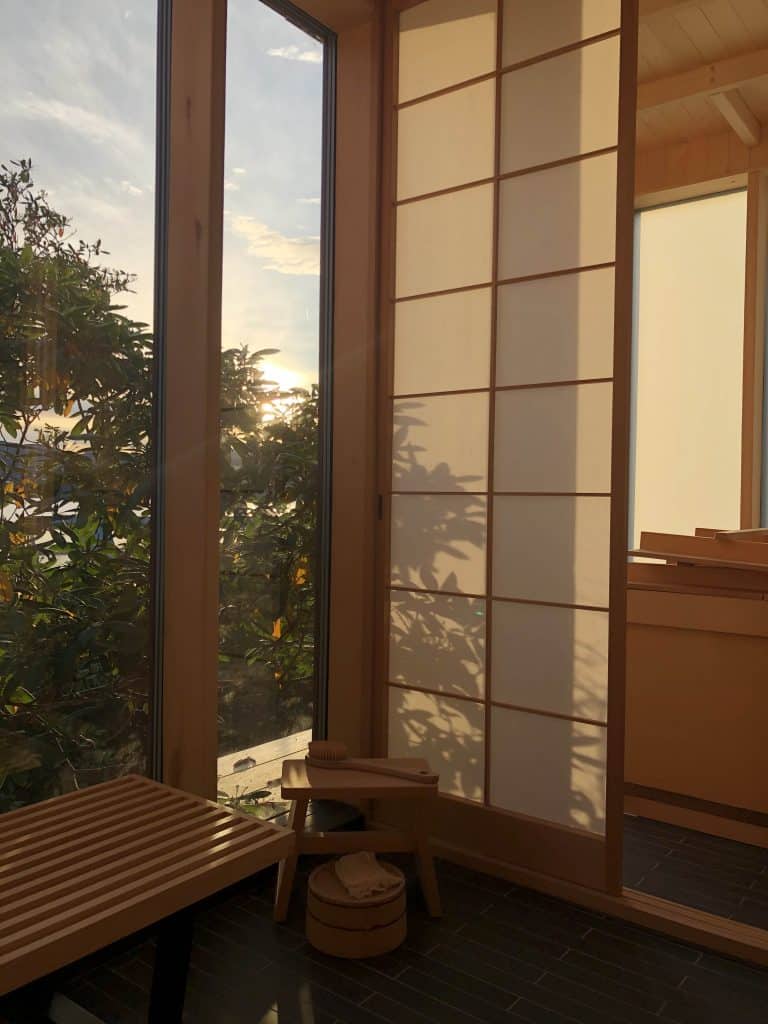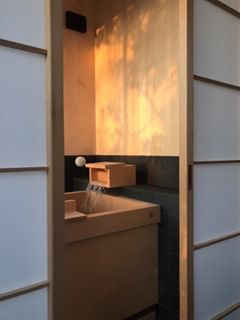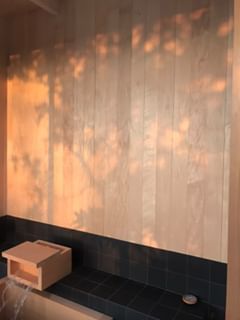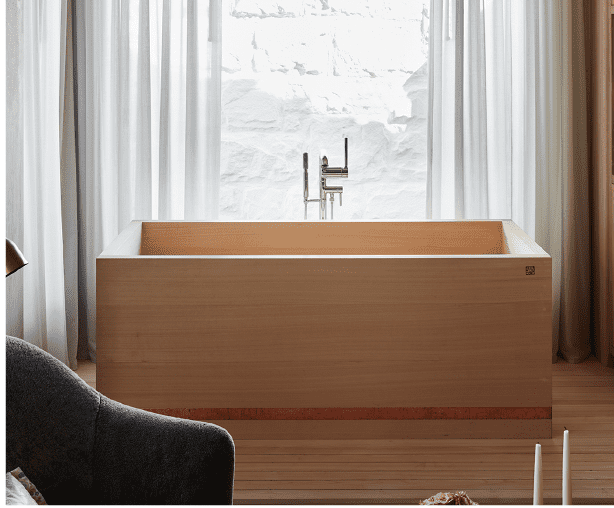1)Production and shipping time:
All our tubs are made in Japan by a skilled 4th generation craftsman. The standard production queue is about 15days . For the shipping and delivery consider + 30 days (ocean freight) or + 10 days (airfreight) for most world locations.
2) Payment contitions:
Invoices and payments will be Japanese Yen. This is to avoid overcharges to our clients due to currency exchange fluctuation risk. A prepayment of 50% of the custom items will be needed before starting production. Once the products are ready, we will send pictures for verification/approval and will require the payment of the reminder before proceeding with shipment. A Bank wire transfer is the most common option. Credit cards are accepted (thru Paypal). Checks are not available. For larger orders a Letter of Credit can be taken into consideration.
3) Shipping cost:
we will need the exact shipping address to be able to obtain the quote from our forwarder (Naigai Forwarding Co.)
We use DDU (Delivered, Duties Unpaid) conditions unless the client requires a different arrangement. Cost varies greatly according to size, country, delivery location. You are welcome to use your local forwarder for the shipment.
4)Installation recommendation:
In case of humid climates, we recommend to leave enough room under the tub to allow air circulation (about 10cm).
For dry climates, avoid direct sunlight exposure and abrupt temperature changes – especially when the tub is empty.
5)Maintenance recommendation:
Please refer also to the FAQ on our homepage and the “Japanese ofuro maintenance tips” notes.
Provide a satisfactory ventilation for the bathroom (natural air circulation with cross ventilation is the best), anyway avoid use of air conditioning in the bathroom, especially when it is empty and not in use. A A/C can dry up the natural humidity of the wood in a matter of few days…!
As soap, detergents and dirt are responsible for the insurgence of mold and fungi, we recommend not to use soap inside the tub, and to wipe it after use with a soft sponge or towel.
Unless otherwise specified, we apply one layer of “Kihada Ichiban” which is an hydrorepellent treatment, based on the nanotechnology. It does not create a coat, it actually penetrates inside offering lasting protection whithout occluding the pores of wood.
6) Installation: the tub should sit on 4 concrete blocks or bricks placed at the perimeter (corners) of the tub. Supports are not needed in the center. This detail allows for air circulation under the tub while preserving the wood from prolonged direct exposure to water.
7) Recommended sanitary fixtures:
Water fixtures can be installed on the wall (directing the water into the tub), on the floor (long hook type), on the tub ledge or thru a spout. In the first two cases, you do not need any interaction with the tubs and can choose the taps freely (Philip Stark design taps for instance are a common choice). In the 3rd case (on tub ledge) the issue
is similar to the first two as you can open a hole where needed in top ledge as it is all solid wood. In case you consider using of a wooden spout, please let me know and I will explain you the options.
8) Certifications:
We can provide declarations stating the origin and quality of the wood.
If you need an official “certificate of origin” from the japanese chamber of commerce or a “phytosanitary certificate” from third party laboratory it may be available at a cost.


